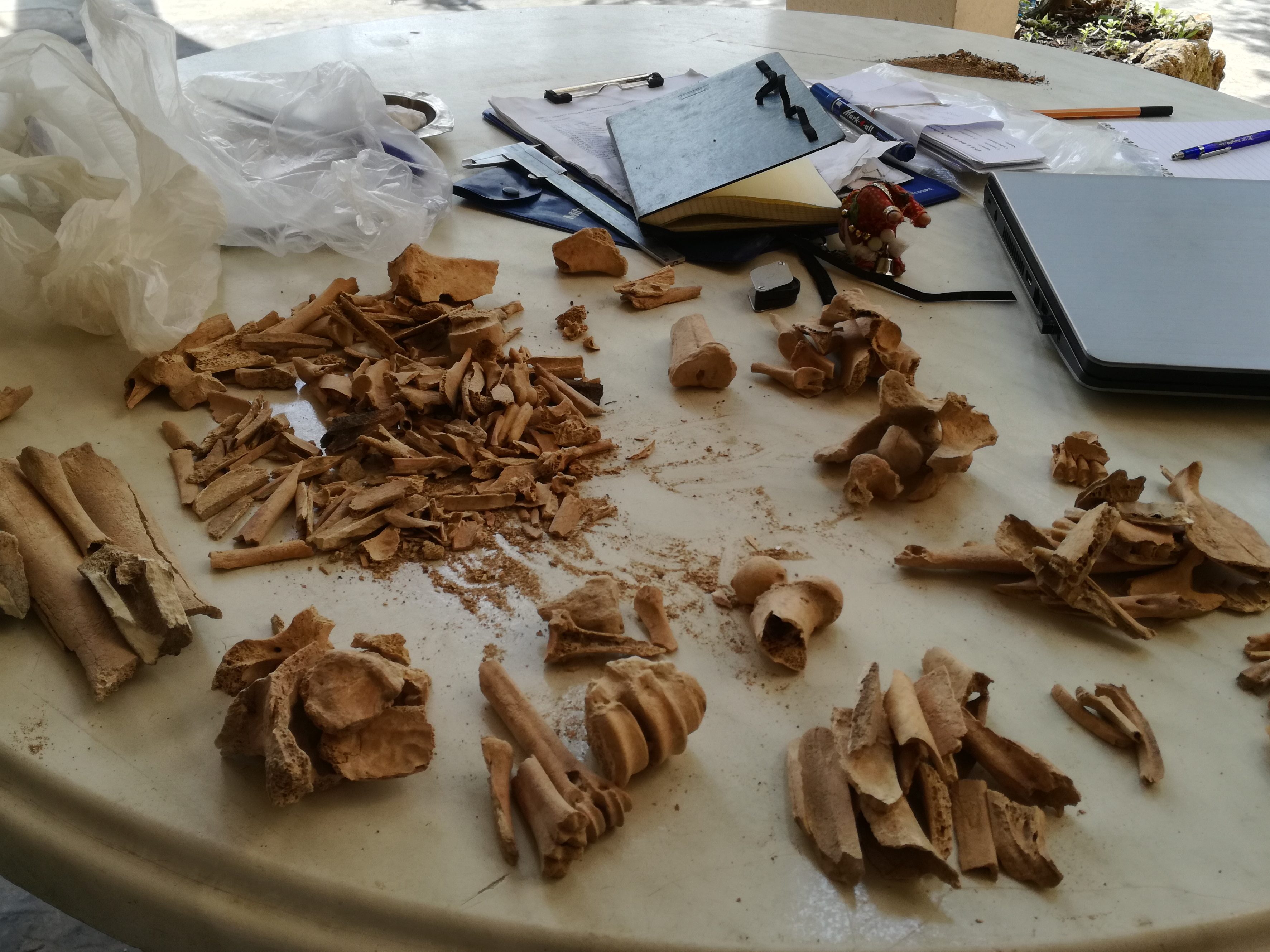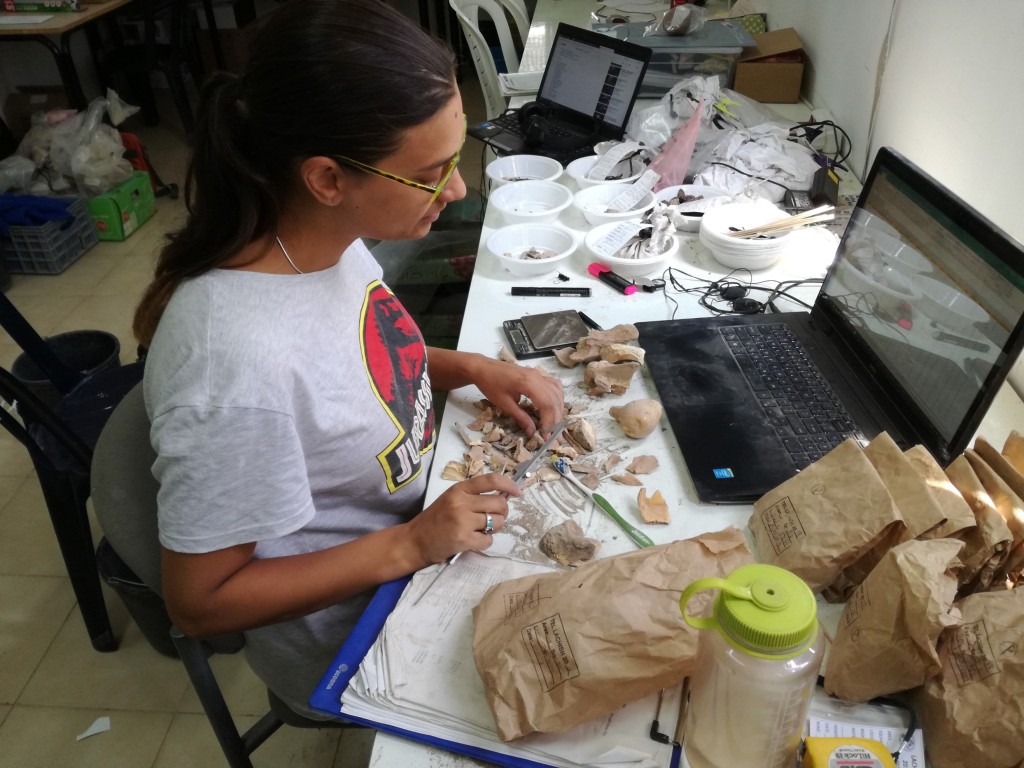During my PhD, I studied what people in the Southern Levant ate during the Early Bronze Age (3,600 – 1,200 BCE) to the Iron Age (1,200 – 332 BCE). Many things changed during that time, like the economy, politics, and environment. To understand these changes, I used zooarchaeology. This is the scientific discipline that uses archaeological animal remains to understand our past. I also used multivariate statistics to combine large numbers of quantitative data.
First, I studied two sites in this region, Tell el-Burak and Tell Lachish, to learn what they were eating and how they might have kept animals. Then, I analysed published data from other studies to see bigger patterns in how and what people in the region ate. Finally, I used multivariate statistics to combine animal and plant data and see how things like time, rainfall, and elevation affected diet.

My results showed that the diet of people changed over time because of cultural and environmental factors. During the Early Bronze and Middle Bronze Ages, people ate a mix of crops and animals, like pigs, gazelles, donkeys, emmer, lentils, and peas. In the Late Bronze Age, when the Ancient Egyptian Empire controlled parts of the Southern Levant, people focused on growing grapes for Egyptian wine. During the Iron Age, people ate a lot of camels, wheat, vetch, free-threshing wheat, peas, beans, flax, figs, and pomegranates.
One important change was that people started growing more free-threshing wheat that was easier to separate instead of emmer wheats in the Late Bronze and Iron Ages. However, emmer wheat cultivation never fully stopped during the Iron Age, since strong trading connects with Egypt still were in place. Emmer wheats were important in Ancient Egypt for making beer and bread.

I also saw that people in areas with different amounts of rainfall had different diets. Animals and plants that could survive with less water were common in most places, suggesting that people moved or adapted their environments to get these resources. However, places with lower elevation had higher numbers of plants and animals that needed more water because they were closer to water sources.
My thesis was the first time someone looked at the connections between economic developments, what food and plants people ate, and major social and political changes from the Early Bronze Age to the Iron Age in the Southern Levant. Many factors, like politics, the economy, the environment, and culture, influenced how people ate. These changes happened because of relationships between different regions, like trading and sharing ideas. I advocated that using multivariate statistics was a useful tool for combining different types of data when studying these changes.
